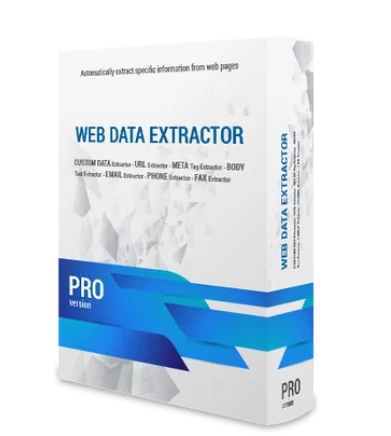
Public static string SessionIdToken = "session-id" Public class SessionIdHandler : DelegatingHandler Don't use it as a form of authentication! The point of the example is to show HTTP cookie management. This implementation does not validate that the session ID from the client was actually issued by the server. It also adds the session cookie to the HTTP response. In either case, the handler stores the session ID in the HttpRequestMessage.Properties property bag. If the request does not include the cookie, the handler generates a new session ID. The handler checks the request for the session cookie.
CHROME DATA EXTRACTOR CODE
The following code shows a message handler for creating session IDs. A message handler can read cookies from the request before the request reaches the controller, or add cookies to the response after the controller generates the response. Message handlers are invoked earlier in the pipeline than controllers. Another option is to use message handlers.
CHROME DATA EXTRACTOR HOW TO
The previous examples showed how to use cookies from within a Web API controller. The CookieState class provides an indexer method to read the sub-values from a cookie in the request message: string sessionId = "" ĬookieHeaderValue cookie = ("session").FirstOrDefault() ĬookieState cookieState = cookie Įxample: Set and Retrieve Cookies in a Message Handler The previous code produces the following Set-Cookie header: Set-Cookie: session=sid=12345&token=abcdef&theme=dark+blue Var cookie = new CookieHeaderValue("session-id", "12345") Ĭookie.Expires = (1) HttpResponseHeadersExtensions class, to add the cookie.įor example, the following code adds a cookie within a controller action: public HttpResponseMessage Get() Then call the AddCookies extension method, which is defined in the. To add a cookie to an HTTP response, create a CookieHeaderValue instance that represents the cookie. In short, the server should not rely on getting back the cookies that it sets. For privacy reasons, clients often reject "third party" cookies, where the domain does not match the origin server. Clients may delete cookies before they expire, or limit the number of cookies stored. For example, a user might disable cookies for privacy reasons. However, be aware that clients may ignore cookies. (The exact meaning of "session" is determined by the user-agent.) If neither is set, the client deletes the cookie when the current session ends. If both Expires and Max-Age are set, Max-Age takes precedence.

The client deletes the cookie when it reaches the maximum age. Max-Age: Sets the maximum age for the cookie.The client deletes the cookie when it expires. Expires: Sets an expiration date for the cookie.If not specified, the path of the request URI is used. Path: Restricts the cookie to the specified path within the domain.If not specified, the domain is the origin server. For example, if the domain is "", the client returns the cookie to every subdomain of.


For example: Set-Cookie: session-id=1234567 The format of a cookie is a name-value pair, with optional attributes. To set a cookie, the server includes a Set-Cookie header in the response. This allows the client and server to share state. The client (optionally) stores the cookie and returns it on subsequent requests. For details, consult RFC 6265.Ī cookie is a piece of data that a server sends in the HTTP response. This section gives a brief overview of how cookies are implemented at the HTTP level. This topic describes how to send and receive HTTP cookies in Web API.


 0 kommentar(er)
0 kommentar(er)
